This post may contain affiliate links which means I will get a commission if you make a purchase at no additional cost to you. As an Amazon Associate I earn from qualifying purchases. Please read my disclosure for details.
Fast food has always been a reflection of American convenience, indulgence, and innovation. But behind the scenes, a sweeping FDA ban on synthetic additives and dyes has quietly reshaped the industry.
From burger chains to salad bars, restaurants have scrambled to reformulate recipes, adjust supply chains, and rethink their branding.
Artificial Dyes Removed from Burger Buns and Sauces
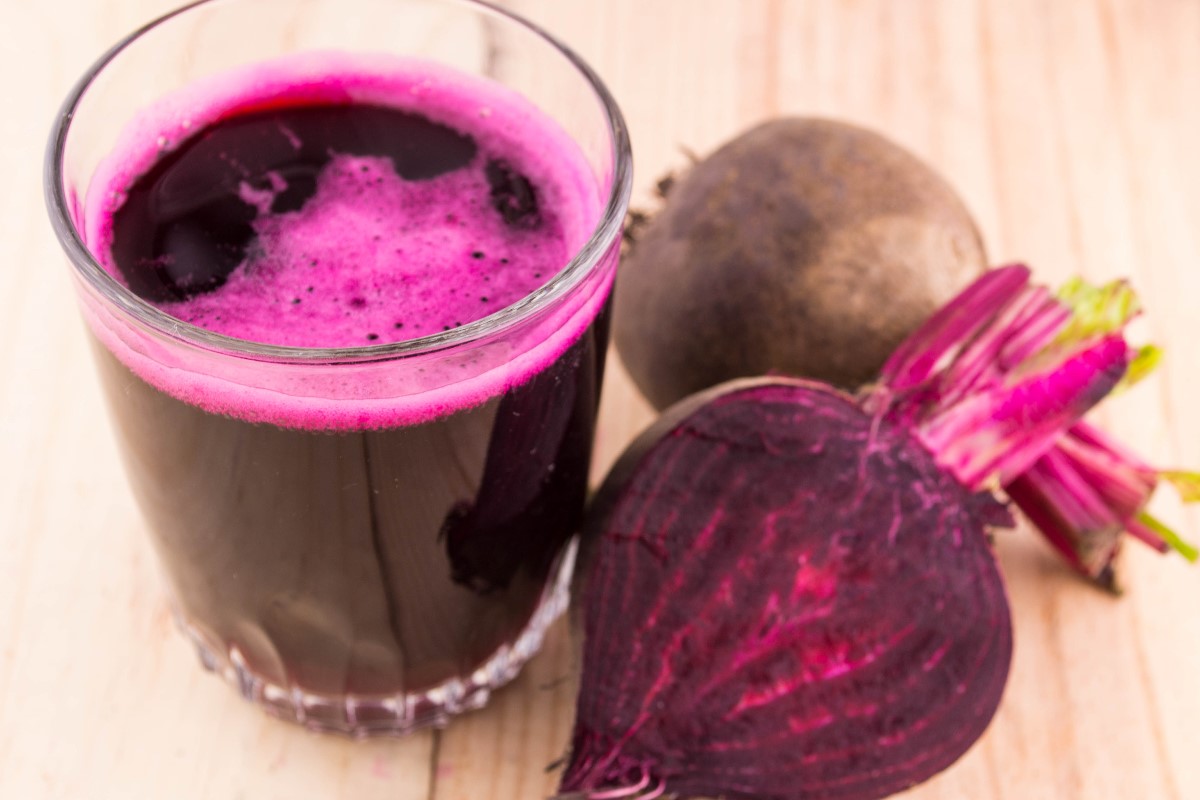
WANT TO SAVE THIS RECIPE?
The FDA’s phase out of synthetic dyes like Red 40 and Yellow 5 led chains to reformulate buns and condiments. Many buns now use beet juice or turmeric for color instead of chemical dyes. Sauces like barbecue and ketchup have shifted toward natural coloring agents.
Reformulated Chicken Marinades without MSG

Fast food chicken sandwiches often relied on monosodium glutamate to enhance flavor. The FDA’s scrutiny of synthetic flavor enhancers pushed chains to adopt sea salt, yeast extract, and mushroom powder. While taste profiles have subtly shifted, most customers haven’t noticed the difference.
Fries without Anti-Foaming Agents

Dimethylpolysiloxane, once used to prevent oil foaming during frying, was removed from many fry recipes. Chains now rely on cleaner oils and improved frying techniques. The result is a crispier texture and slightly shorter shelf life, but a healthier product overall.
Cheese Sauces Now Free of Artificial Emulsifiers
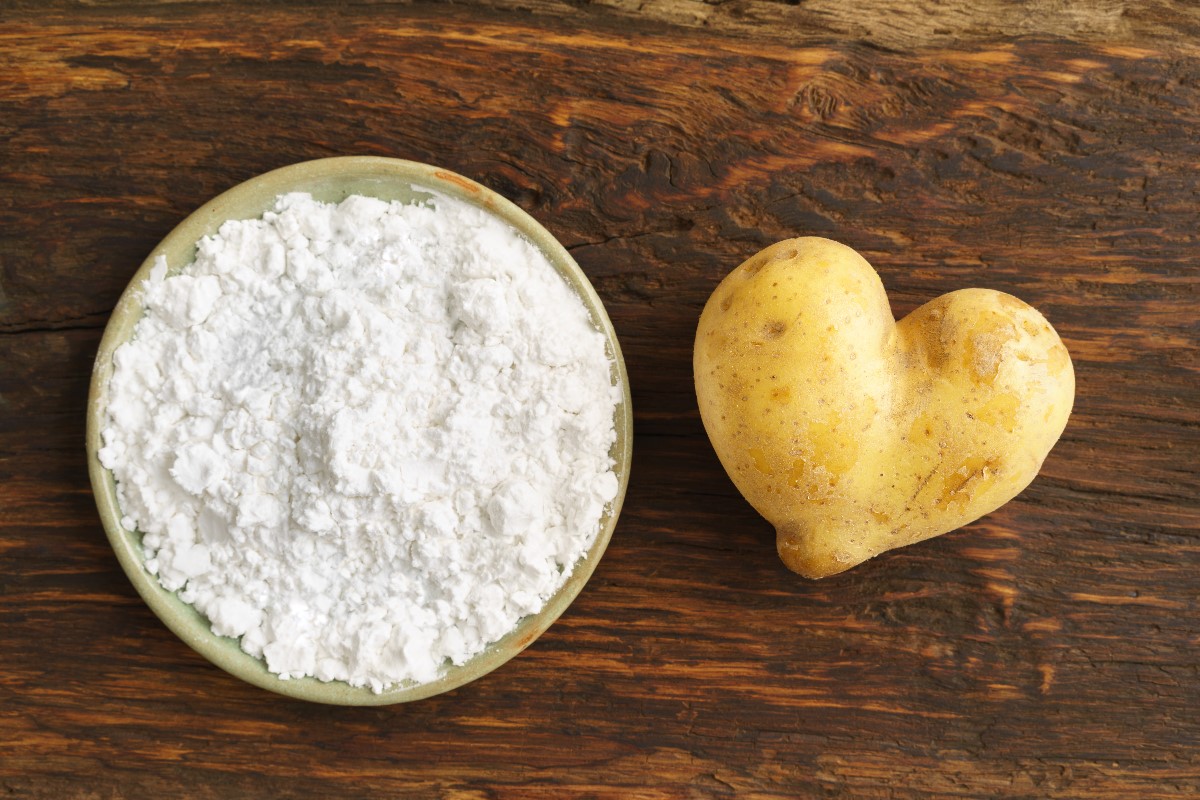
Popular cheese sauces in nachos and burgers previously contained emulsifiers like sodium phosphate and Yellow 5. These have been replaced with natural thickeners such as potato starch and annatto. The texture remains creamy, but the ingredient list is now more transparent.
Frozen Desserts Reformulated without Carrageenan
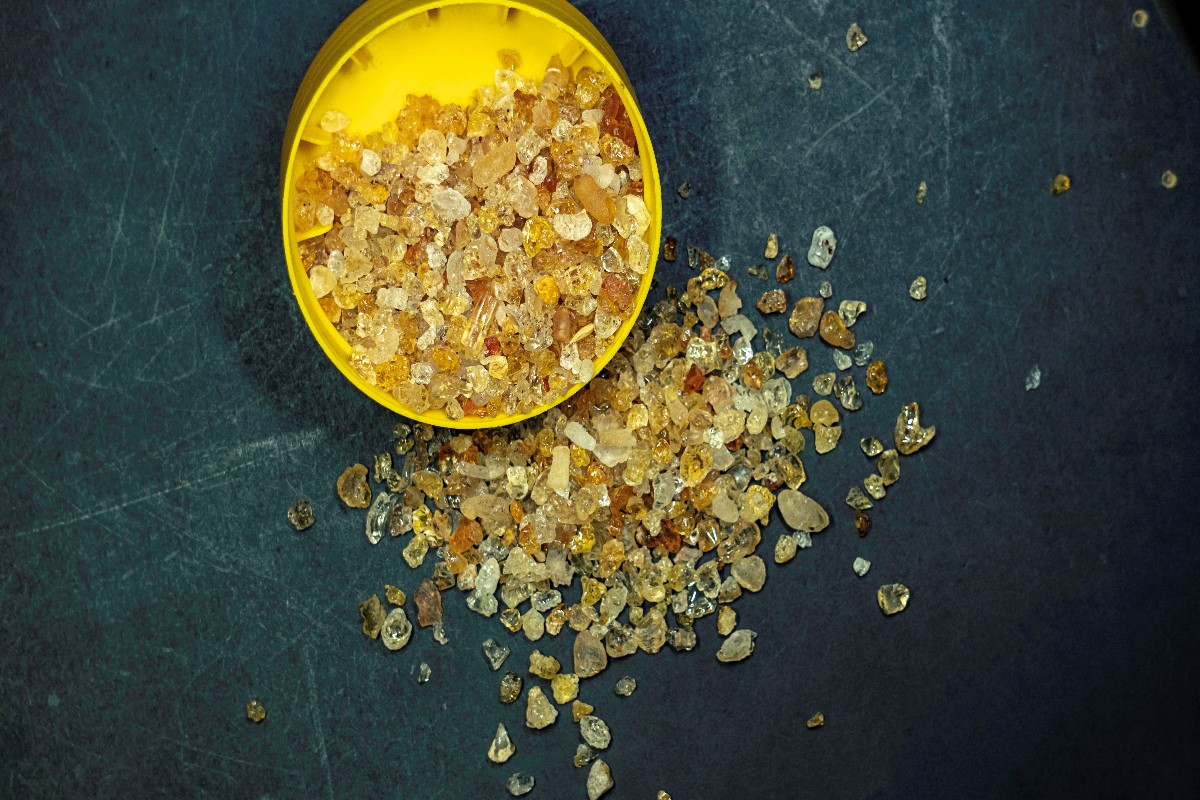
Carrageenan, a stabilizer linked to digestive issues, was removed from many milkshakes and soft serve recipes. Chains now use guar gum and locust bean gum, which are less processed and easier to digest. The change has improved customer satisfaction without altering flavor.
Breakfast Biscuits No Longer Contain Trans Fats
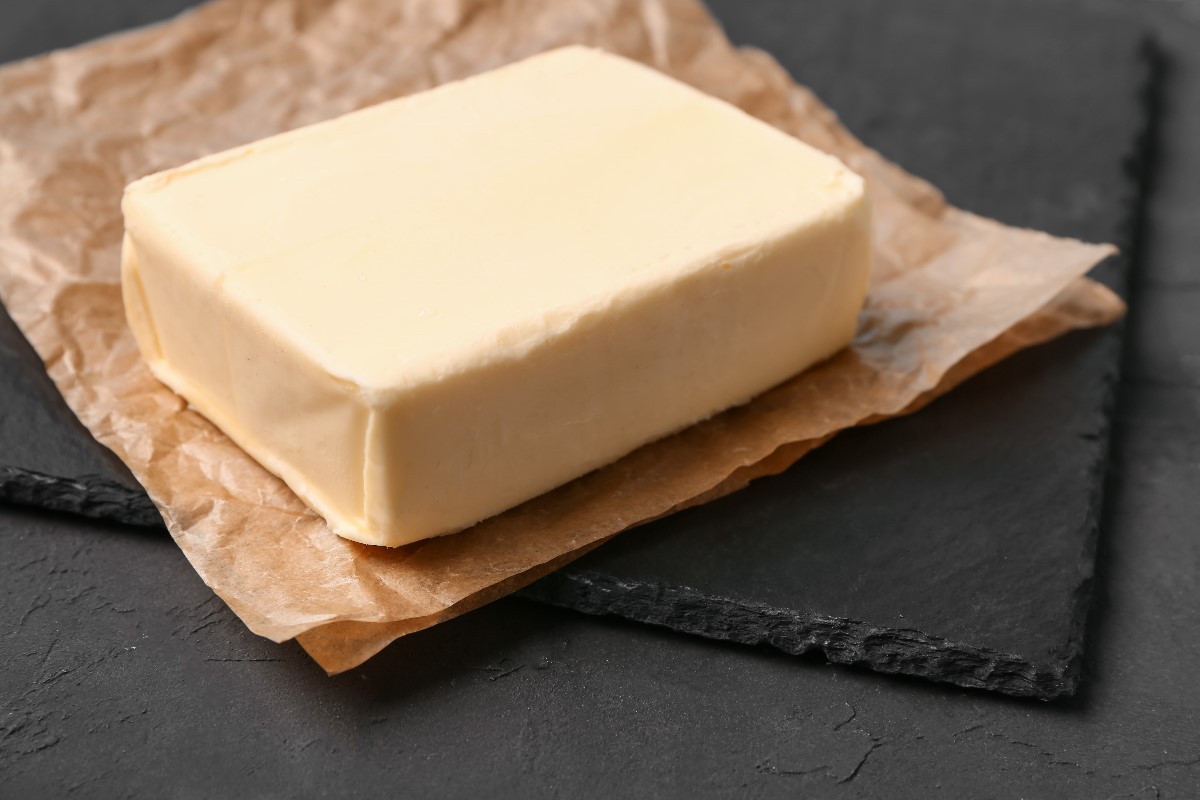
Partially hydrogenated oils, once common in biscuits and pastries, were banned by the FDA. Fast food chains reformulated recipes using butter and palm oil blends. The result is a flakier texture and reduced cardiovascular risk for consumers.
Related Post: Why Wine Clubs In Texas Are Suddenly Obsessed With Spanish Reds
Plant Based Options Expanded to Replace Banned Additives

As synthetic preservatives were phased out, chains leaned into plant based menu items. These dishes naturally avoid banned ingredients and appeal to health conscious diners. Brands like Sweetgreen and CoreLife Eatery have gained traction by offering clean label alternatives.
Related Post: The Menu Item That’s Making Michelin Judges Take A Second Look At Alabama
Menu Items Quietly Discontinued Due to Ingredient Restrictions

Some iconic items disappeared without explanation, often due to banned additives. For example, certain spicy sauces and flavored buns were pulled from menus. Chains opted for quiet removals rather than public announcements to avoid backlash.
Related Post: How New Yorkers Are Redefining French Dining With Plant Based Menus
Franchisees Faced Inventory Losses and Cost Overruns
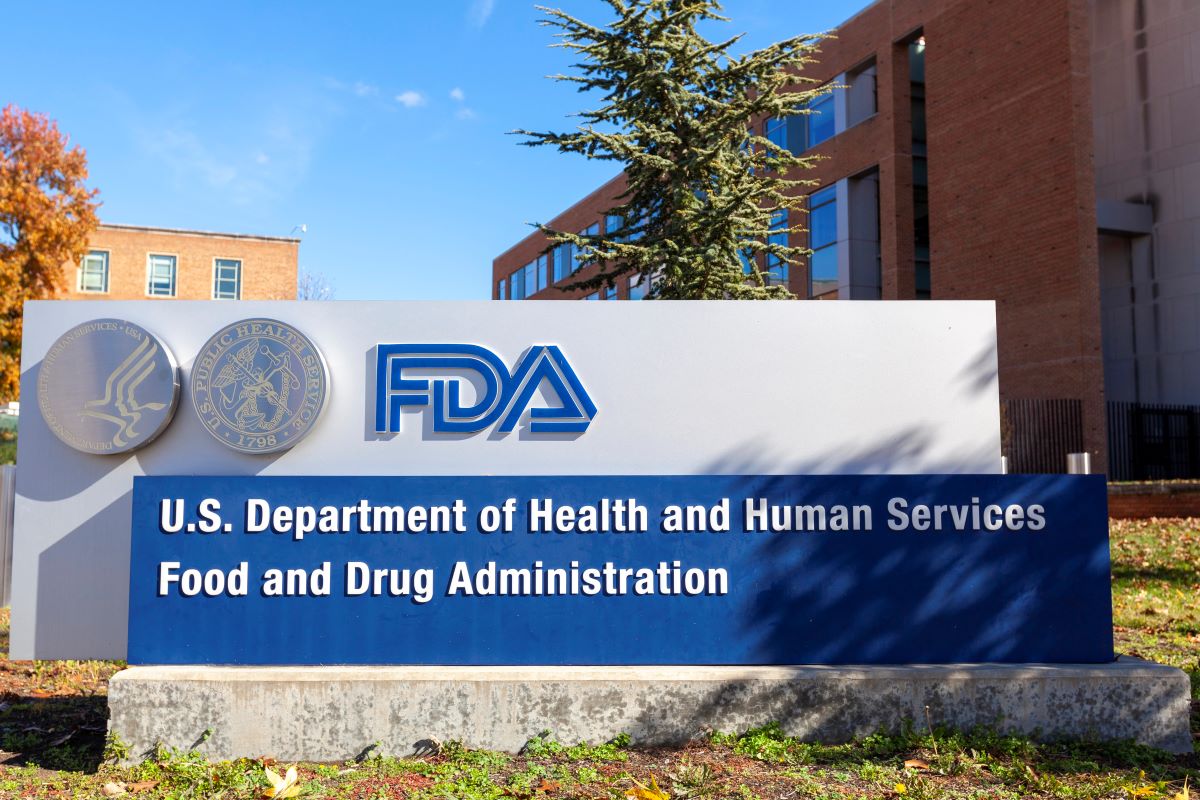
Franchise owners were caught off guard by the FDA’s timeline, leading to wasted inventory and rushed reformulations. Many had to discard products containing banned ingredients and invest in new marketing materials. The financial strain was significant, especially for small operators.
Related Post: The Reason Your Grocery Store Pasta May Never Taste The Same Again
Competitors Gained Market Share by Anticipating the Ban
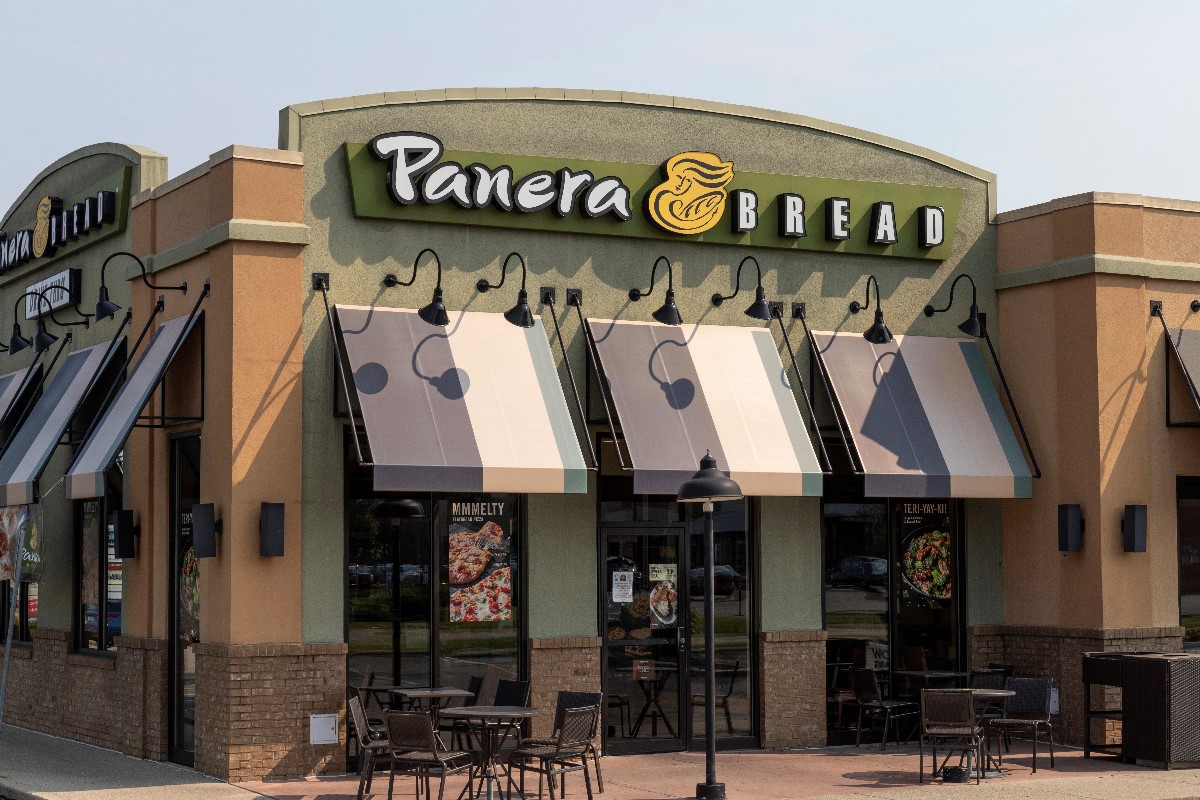
Chains that had already embraced clean ingredients, like Chipotle and Panera, benefited from the FDA crackdown. Their menus required fewer changes, allowing them to capitalize on consumer trust. This shift has reshaped the competitive landscape in fast food.
Related Post: Why More Men Are Attending High Tea In Florida Than Ever Before
Regional Menu Variations Increased Due to Compliance Gaps

Not all states enforced the FDA guidelines uniformly, leading to regional differences in menu offerings. California and New York saw the most aggressive changes, while rural areas lagged behind. This inconsistency has created confusion among traveling customers.
Related Post: The Most Expensive Coffee Bean Now Trending In Seattle Cafes
Sign up now to receive our exclusive e-cookbook filled with top-rated recipes for FREE!
Consumer Habits Shifted Toward Ingredient Transparency

The FDA ban sparked a broader demand for transparency in fast food. Customers now expect clear labeling and ingredient disclosures. Chains have responded by updating websites, apps, and in store signage to reflect cleaner recipes and sourcing practices.
Related Post: 12 Reasons Croissants Are More Expensive than Baguettes
The FDA’s ban on synthetic additives has quietly transformed the fast food industry, ushering in a new era of cleaner, more transparent dining. While many changes went unnoticed, they reflect a deeper shift in how food is made and consumed. As regulations evolve, fast food may continue to surprise us, not with flashy ads, but with the quiet power of better ingredients.
Disclaimer: This list is solely the author’s opinion based on research and publicly available information.
13 Things Restaurants Are Quietly Removing Because Of FDA Pressure

Restaurants are quietly shifting menus as the FDA steps up its crackdown on additives and artificial ingredients. These changes are not always announced, but they are happening.
From sauces to sodas, items with questionable components are being dropped or reformulated. Customers may not notice at first, but regulars might miss the difference.
Read it here: 13 Things Restaurants Are Quietly Removing Because Of FDA Pressure
How to Save $100+ Every Month at the Grocery Store

From planning your meals to avoiding sneaky upcharges in the snack aisle, here’s a realistic guide to trimming your food budget without adding stress to your week.
Read it here: Things Moms Waste Money On (and Don’t Even Know It)
Is Walmart+ Still Worth It in 2025? The Truth After 3 Years

Is the new Walmart Plus worth the annual fee or is it just another failed version of Amazon Prime? I spent my own money trying this service out for 12 months and counting. I have a lot to say about the benefits and drawbacks in this Walmart+ honest review.
Read it here: Is Walmart+ Worth It? Honest Review 3 Years Later!
You’ll love these related posts:
- The Bizarre Cheese And Wine Pairing That Actually Works According To Oregon Sommeliers
- Why Some States Are Banning Certain European Cheeses Without Telling You
- Grocery Bills In These States Are Skyrocketing Because Of Imported Cheeses
- The Secret Sauce Americans Are Copying From Northern Italian Kitchens
- Why This $7 Loaf Of Sourdough Has A Waitlist In Georgia
